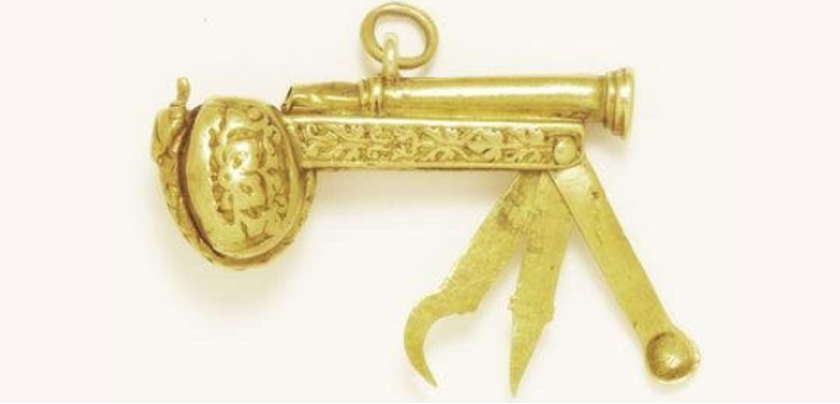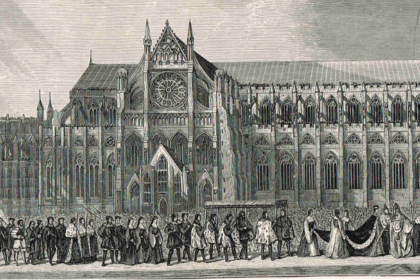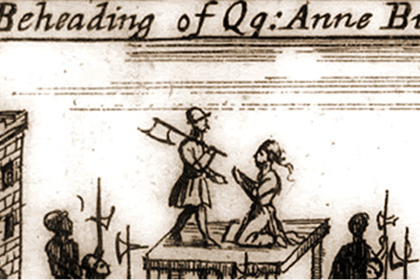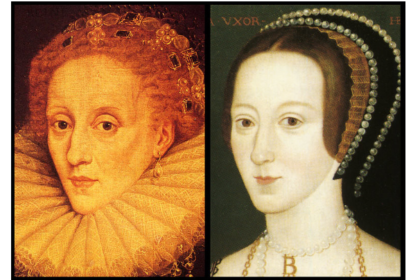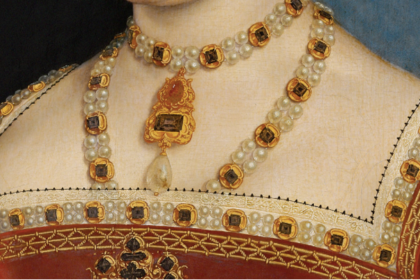Anne Boleyn is one of the most mythologised figures in English history. Rumours and accusations and legends have built up around her, and, particularly in the era of historical revisionism, it can be both a joy and a headache to slowly pick apart the threads in order to get to the real woman. Part of the reason this is so difficult is that historians of the past had far lower standards of evidence. Much of our general knowledge of history comes from the Victorians, and whilst on the one hand they had access to records and sources which are no longer extant, at the same time, they also accepted stories and second-, fifth-, tenth-hand evidence as gospel.
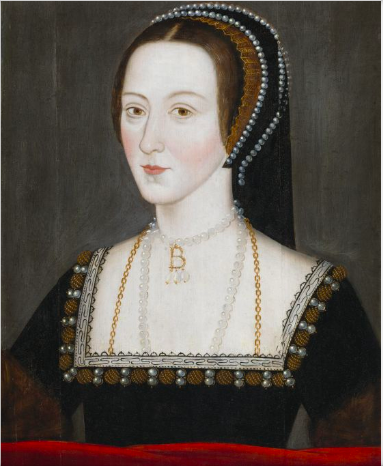
An example of this is a very appealing but completely unsubstantiated story recounted by Agnes Strickland.
‘A traditionary anecdote of Anne Boleyn, attested by the preservation of a curious contemporary trinket, has been communicated by a clergyman in whose family it has been handed down from generation to generation. The trinket is a small golden etui, about an inch, is richly chased, and in the form of a pistol, the barrel serving the purpose of a whistle, and enclosing a set of toothpicks ; round the handle a serpent is coiled. This is asserted to have been given by the unfortunate queen, on the morning of her execution, to the officer on guard, Captain Gwyn, in token of her sense of his respectful conduct towards her. On presenting, it, she told him “it was the first token the king gave her,” bidding the officer observe, “that a serpent formed part of the device, and a serpent,” she said, “the giver had proved to her.” In corroboration of this curious incident, there is evidence that there was a Captain Gwyn, a man of considerable property in Swansea, in the service of Henry VIII.’
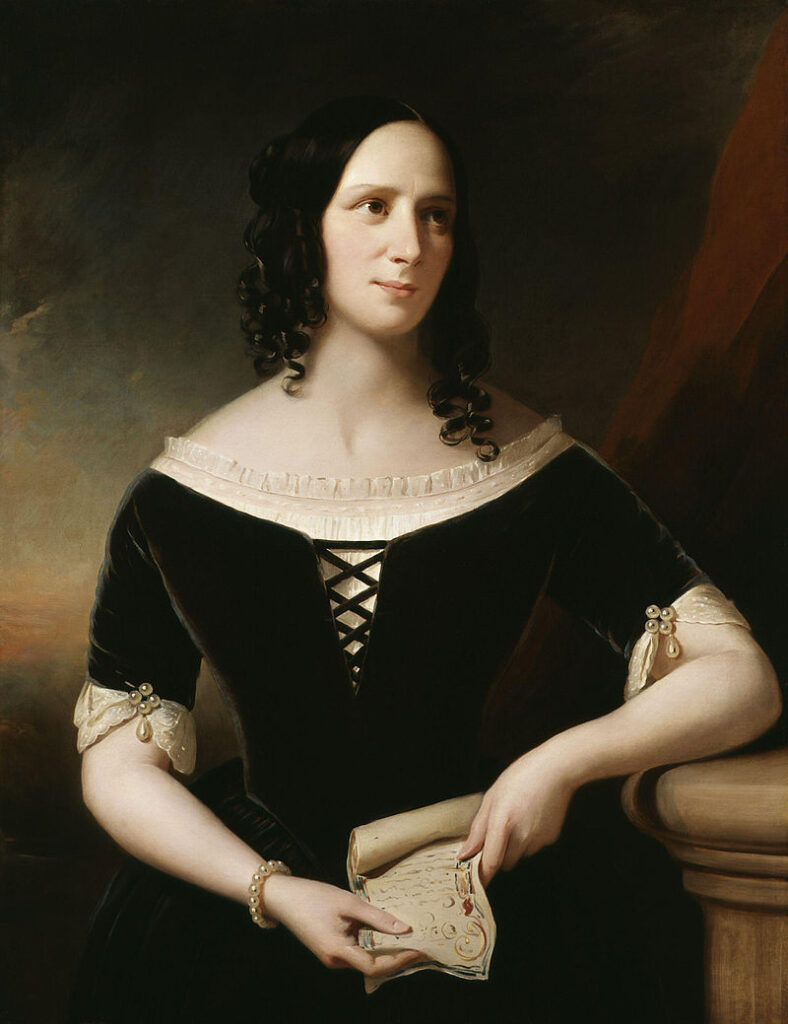
In a footnote, Strickland notes that this information was recounted to her by one ‘Rev. W. S. Bevan, Vicar of Hay. South Wales.’ Bevan’s claims did attract some interest, and the trinket was displayed in the Temporary Museum at Kington that was founded in 1863. It is a remarkable piece, looking something like a modern-day pocket knife, although one of the ‘toothpicks’ is actually an earspoon for removing wax. It eventually made its way into the collection of the Victoria & Albert Museum where it remains to this day.
One of the fascinating things about this anecdote is that on the face of it, it isn’t impossible. Modern analysis of the whistle pendant substantiates that it was made c.1520, and Henry VIII was known to gift such trinkets. It is quite likely that Rev. Bevan truly believed his family history regarding the object. An article about it that was published in 1864 traces the lineage; from Captain Gwyn, it passed down from father to son until the direct line of descent died out in 1750. From there it was believed to have passed down through a female line, from mother to son, to sister, to daughter, eventually ending up in the hands of Rev. Bevan. And scouring 16th century records, we do find a Captain Gwyn who served Henry VIII in some capacity.
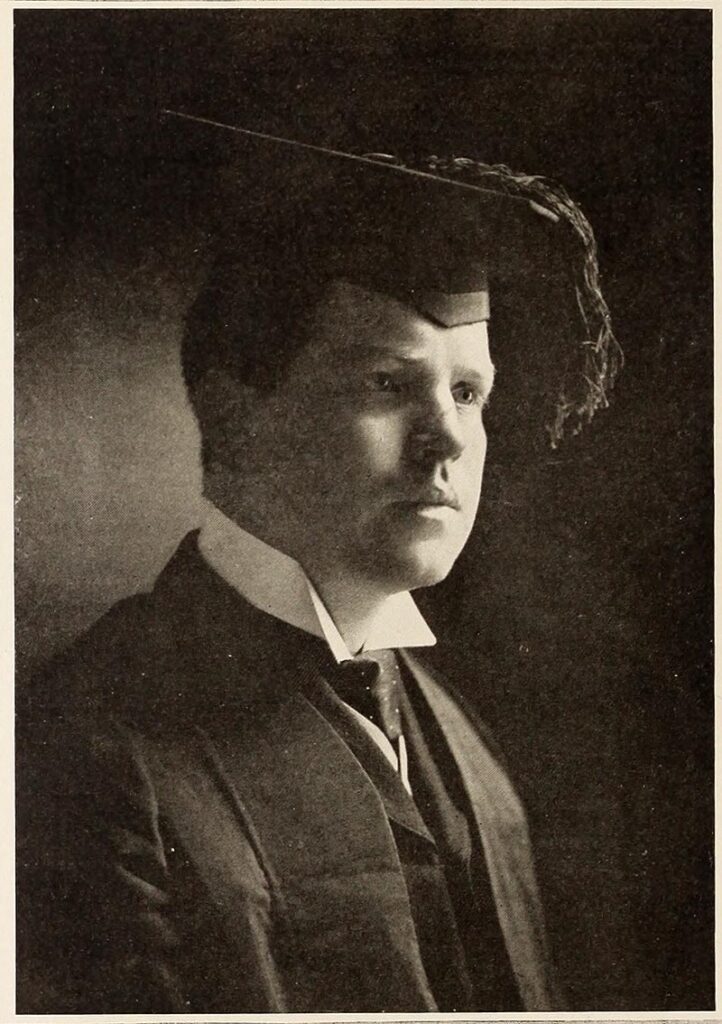
But unfortunately, once you scratch the surface, the story just doesn’t add up. In the 16th century, men and women going to their death were supposed to be humble, admit and apologise for their crimes, ask for their soul to be saved, and to pledge their continued loyalty to the King. Anne performed this final act with such grace that even her staunchest opponents, including the Spanish ambassador, Eustace Chapuys, had to admire her poise.
If Anne had broken with form to address a lowly guard and make such a bitter reproach of the King, it would have been reported to Cromwell, and from there, gossip would have spread like wildfire.
Did this whistle belong to Anne Boleyn? There is no reason to think she owned it any more than any other 16th century item. Given that Henry VIII is known to have given such items as gifts, it is perhaps slightly more possible that it was given by Henry to Captain Gwyn, although it is impossible to say. What we can say for certain, though, is that Anne did not hand this item to a soldier on the scaffold of her execution, and she certainly did not make a bitter comment along with it. Nevertheless, this legend is testament to how people throughout history have been drawn to Anne, seeking to link themselves and their families with this controversial figure.

